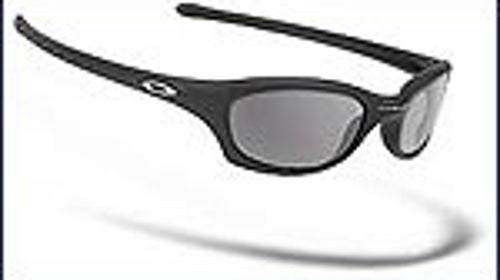Two questions here: One for lenses that can go from snow and skiing to water and sailing, another about a good all-purpose lens.
 Oakley Fives
Oakley Fives
For the first, you obviously need something that blocks a lot of light—a lens that allows 12 to 15 percent light transmission, give or take. That’ll keep your eyes healthy on the ski slopes, while also cutting glare and brightness on the water. I don’t think color matters too much in this case—either gray or brown will work, although brown lenses offer true color definition while also increasing contrast. And yes, polarized lenses are worth the money, particularly for use on the water. That’s because lake and ocean surfaces naturally produce a lot of naturally polarized light, with light waves that run in one direction (horizontally). Polarized lenses have vertical light filters that remove that horizontal light, reducing or eliminating glare.
These days, buying polarized sunglasses doesn’t mean you have to pay all that much. Julbo’s Sugar sunglasses, for example, sell for $79 (www.julbo.fr) and offer a good-quality, decent-looking frame built around polarized lenses specifically designed for use in pretty extreme conditions—snow, water, high altitudes. Oakley’s Fives 2.0 ($125; www.oakley.com) will also work well, with a gray lens that offers 17 percent light transmission, plus polarizing. Rudy Project Rydon’s are expensive ($190 with a gray polarized lens; www.rudyprojectusa.com) but have the advantage of lens interchangeability. I especially like Rudy’s “Racing Red” lens, a medium-dark lens that offers great contrast across a wide range of light levels. It’s really a versatile lens for those days when you’re not on the snow or the water.
More sunglasses reviewed in ���ϳԹ���‘s .


